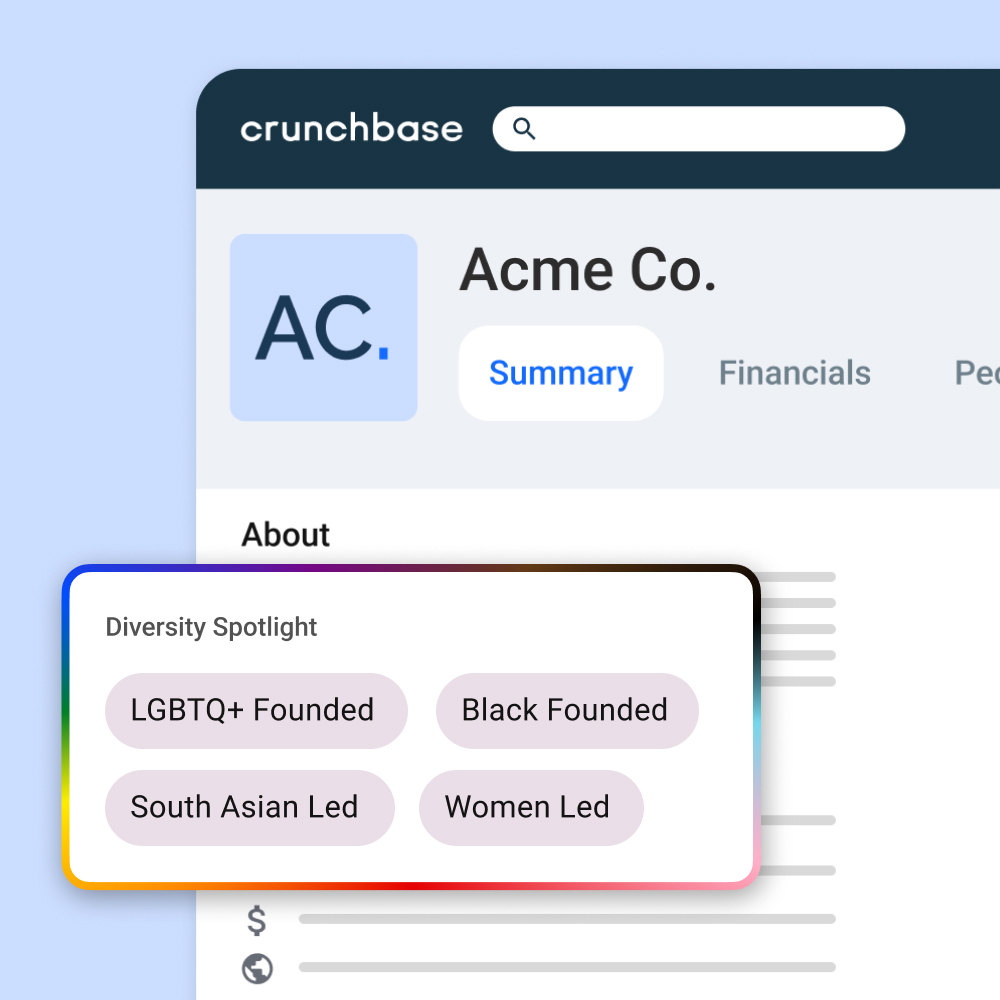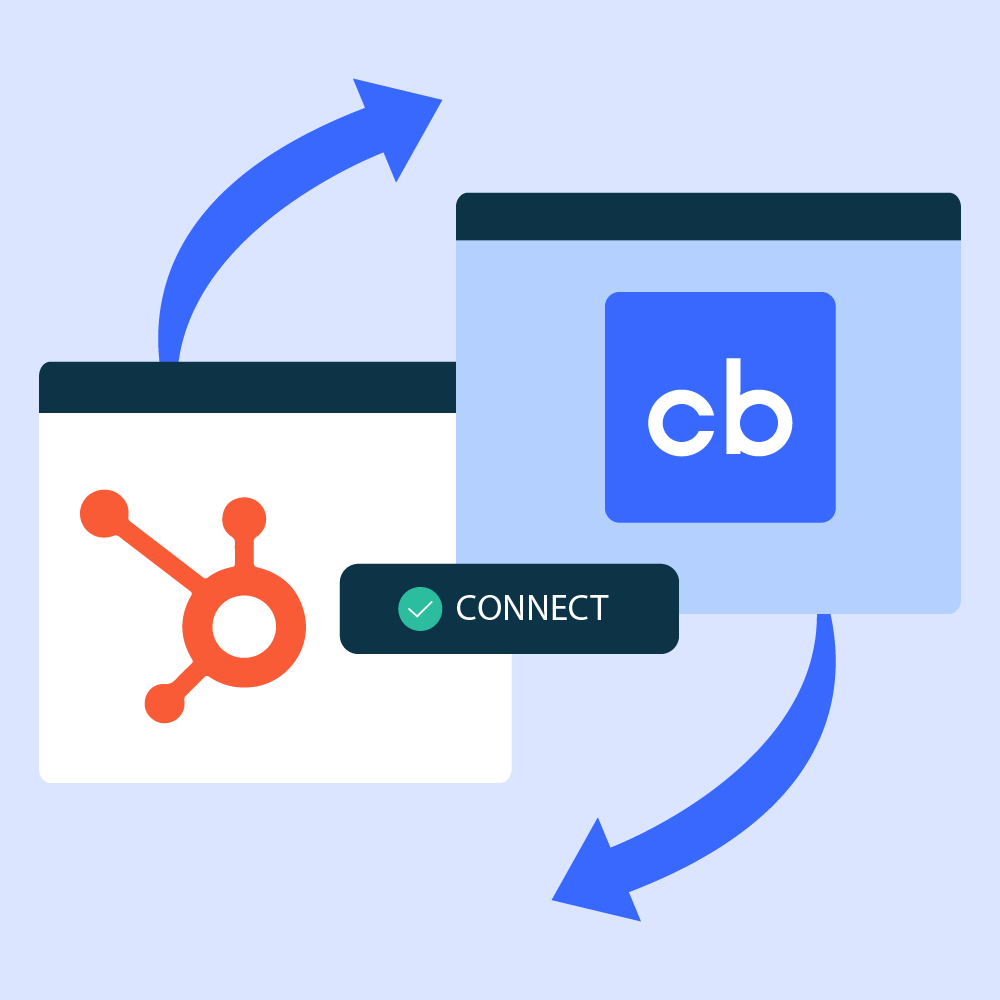Most CEOs, especially those of us in the startup world, are grappling with the new reality of running a business during an economic downturn. The long-standing directive to grow at all costs is now a thing of the past. Today, profitability is king.
We must lead differently than we have over the past few years. We must inspire trust, confidence, and certainty during very uncertain times. However, many leaders are now executing seemingly knee-jerk reactions and course corrections. Rather than establishing calm, they’re fueling instability and mistrust inside and outside of their organizations. There are better ways to do this.
For me, it’s not just about helping my company survive, it’s about using this time as an opportunity to step back, ensure that we are positioned to thrive, and come out stronger on the other side. I’ve had a front-row seat to the rise and fall of the technology industry over the past three decades — from the dot-com bust to the Great Recession to today’s mass layoffs. With that perspective, I’ve come up with my own formula for leading through a downturn.
Here are three core pillars of that formula — and how we’ve applied them at Crunchbase — that may be helpful for other startup leaders.
1. Rethink every aspect of your business model
Take a step back. Are there revenue streams you haven’t opened up? Are you missing out on critical market share because your prices are too high? Is your pricing model designed to scale with customers based on the value they’re receiving?
At Crunchbase, we’re asking ourselves these same questions.
In the past eight years, we’ve evolved from a company known for its funding data to a powerful prospecting platform. We’ve added significant value to our product with new discovery, qualification, and engagement features. We’ve added millions of new data points and cleansed and enriched millions more. We’ve also grown the company to meet the innovation and support needs of our 80 million-plus users.
The cost of the business has grown, and so has our responsibility to monetize effectively to ensure we are building a business that lasts. As a result, we’re running extensive tests around the way we price, package, and sell our products. We’ll be testing new payment methods, new ways of optimizing our product-led growth and sales-assist motions, and we’ll be investing more in our user education and support.
Our goal is to continue to offer a freemium product that helps users discover what it’s like to use Crunchbase, while finding the right ways to upsell qualified users into more premium experiences. Historically, we’ve done very little to ask even our most active users to show value in return for what they get from Crunchbase. But that dynamic will need to evolve, just as we have.
We hope that our users will understand that building and maintaining a platform like Crunchbase comes with expenses, and ultimately cannot always be free for everyone.
2. Operate as if you will never be able to fundraise again
Over the past few years, access to capital was relatively easy. Even during the pandemic, investors were funding startups at all stages. Valuations were growing, and rounds were getting bigger and bigger.
But now that seems to be grinding to a halt, with global venture funding in January down 50% year over year. It’s unclear how long this slowdown will last, which means CEOs must operate as if they will never be able to fundraise again. Because it’s possible they never will. Even when the economy recovers, investors may remain shy for many months or even years, waiting to see when it’s safe to deploy their capital again.
Money in the bank is like gas in your tank. If you don’t know where the next gas station is, it’s time to start walking. Protect your runway. Reduce costs. Get to cash-flow positive if you can.
For Crunchbase, this means we’ve revisited our entire cash plan for 2023.
The main goal is to protect our implied runway. While most startups our size aim for 18 months, we’re targeting four years-plus profitability.
To do this, we’ve cut out almost all nonessential expenses, including in-person get-togethers, a recent holiday party, office meals, etc. We downsized our office space and embraced our remote-first culture. We’ve reduced advertising and marketing spend. We’ve slowed hiring to a near-standstill. We’re assessing every attrition for its backfill criticality. We’ve even recruited our employee base to help by negotiating with their vendors for more value or discounts, and asking themselves whether the vendor is currently necessary at all. Every expense is being assessed.
3. Share more, not less
Most companies become more secretive when facing uncertainty. Internal communications go dark. Public relations slow down. However, leaving your employees in the dark just breeds more fear, uncertainty, and doubt. These feelings lead to reductions in productivity and the erosion of cross-functional relationships.
Companies need to be communicating even more regularly with their employees. Give employees insight into your strategy, your logic, your optimism, and even your reservations. Earn their trust and show the commitment you’re asking them to show you.
At Crunchbase, we host a weekly, companywide townhall in which we share detailed financials, recap board meetings, review our roadmap, and answer every anonymous employee question live.
We’ve shared our cash plan and strategy for mitigating the need for layoffs. We have opened ourselves up to criticism from employees. And, as a result, the team understands not just what they need to do to ensure Crunchbase thrives, but also why we need to do it. It’s extremely empowering and a great way to reduce anxiety.
Now is the time to be vulnerable, transparent, and honest.
At the end of the day, be the CEO you’d want to have
Way too many CEOs and VCs simply copy what other companies are doing without taking a step back to really think through their unique situation. We’re seeing this en masse in the tech industry around layoffs. Yes, layoffs quickly cut costs, but they have a lasting negative impact on your employees, brand, and customers.
There are of course instances where a business can’t possibly survive without layoffs. In that case, it is truly a necessary evil. But far too many leaders today are choosing layoffs without fully exploring other options.
Finding those other options starts with critically thinking about your business model and how else to cut spending. And, once you’ve done that thinking, opening up the lines of communication with your employees to get everyone on board.
Ultimately, it all comes down to one question: Are you leading like the CEO you’d want to have right now?








